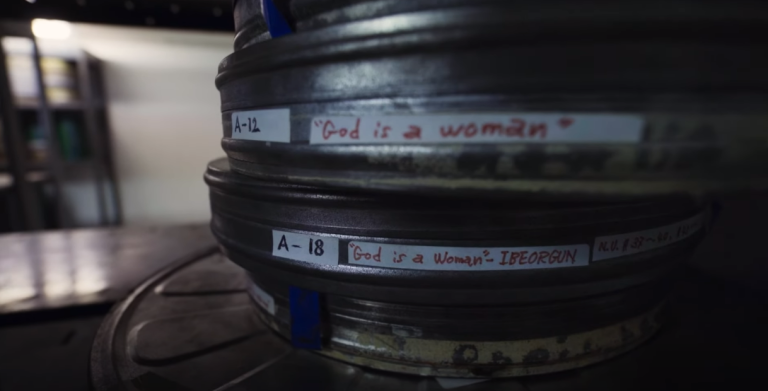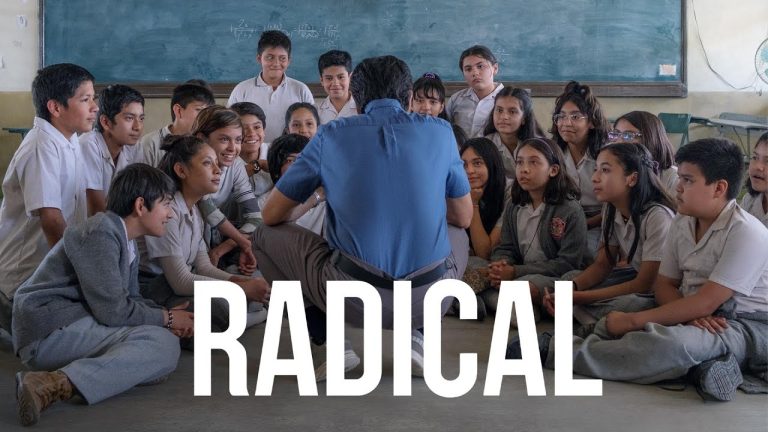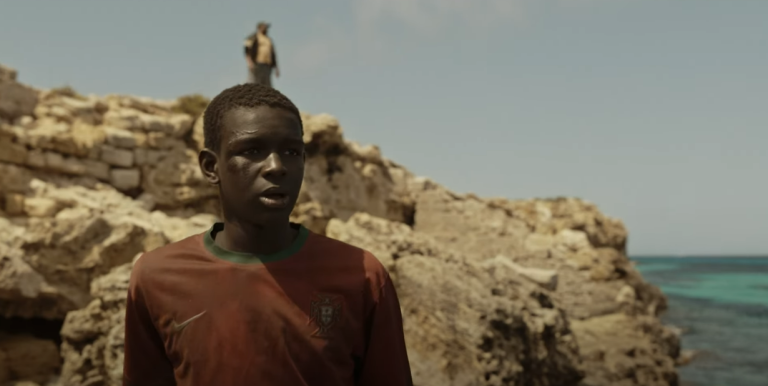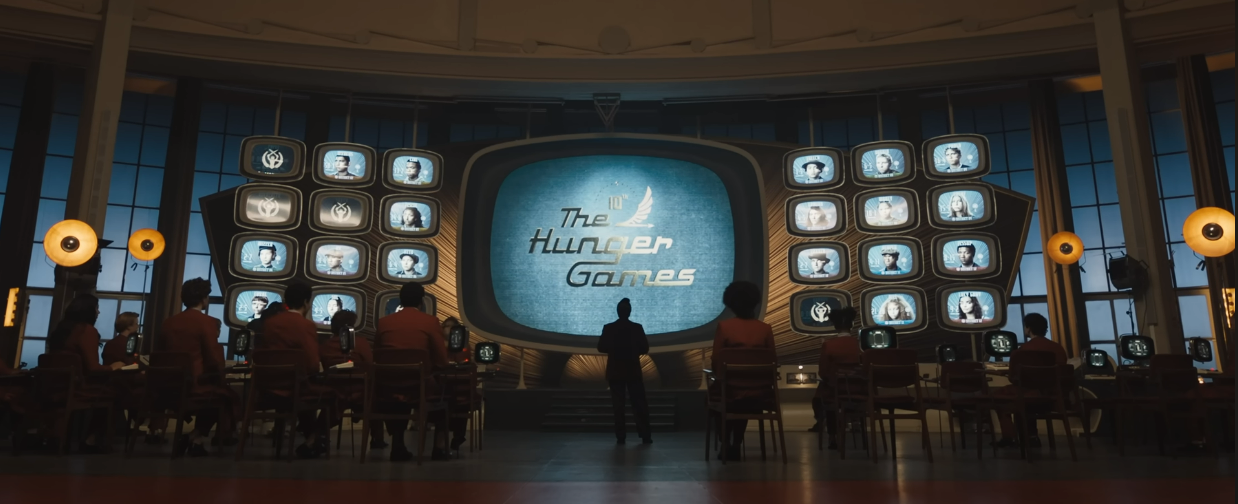
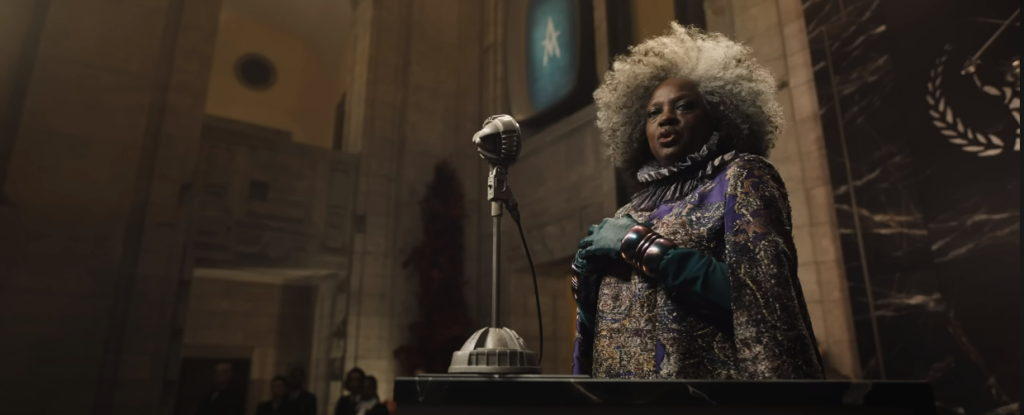
Director Francis Lawrence returns to the enthralling universe of the Capitol with a prequel narrative set six decades prior, delving into the mysterious origins of Coriolanus Snow. Anchored by the compelling performances of Tom Blyth and Rachel Zegler, the youthful cast once again immerses viewers in the gripping drama of the Hunger Games. However, amidst the adrenaline-pumping action of the arena, the film momentarily loses its momentum in the final act, transitioning into a more introspective character study.
“The Hunger Games: The Ballad of Songbirds & Snakes” transports audiences back to an era when the ambitious nobleman, Coriolanus Snow, was just a young man navigating the perilous landscape of the Games. Adapted from Suzanne Collins’s prequel novel, the film provides a riveting glimpse into Snow’s evolution as he takes on the role of mentor in the 10th Hunger Games, determined to ensure the survival of his mentee, Lucy Gray Baird.
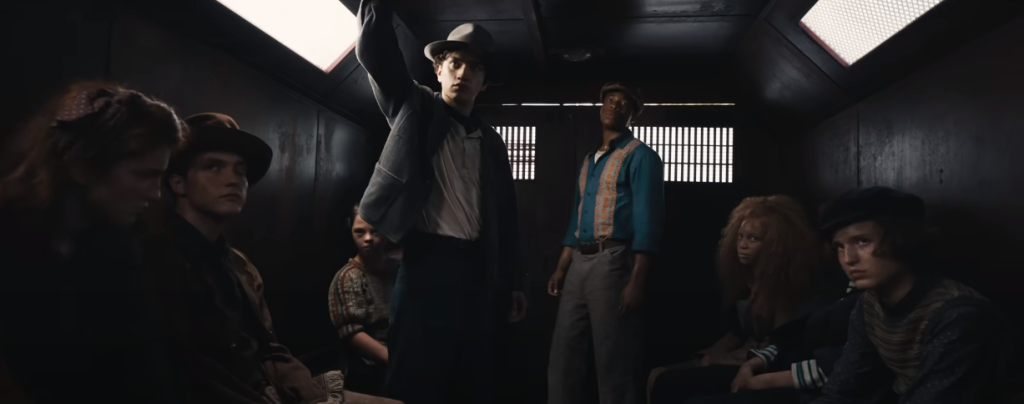
Tom Blyth’s portrayal of Snow’s journey unfolds against a backdrop of a society rife with oppression and inequality. With Rachel Zegler’s depiction of Lucy Gray, the film expertly draws parallels to the iconic figure of Katniss Everdeen, whose defiance in the arena ignited a rebellion across the districts.
While Donald Sutherland previously portrayed Snow in the franchise, “The Ballad of Songbirds & Snakes” offers a fresh take on the character, shedding light on the experiences that molded his ruthless demeanor. Through subtle nods and overt references, the prequel pays homage to the beloved franchise while forging its own distinct narrative path.
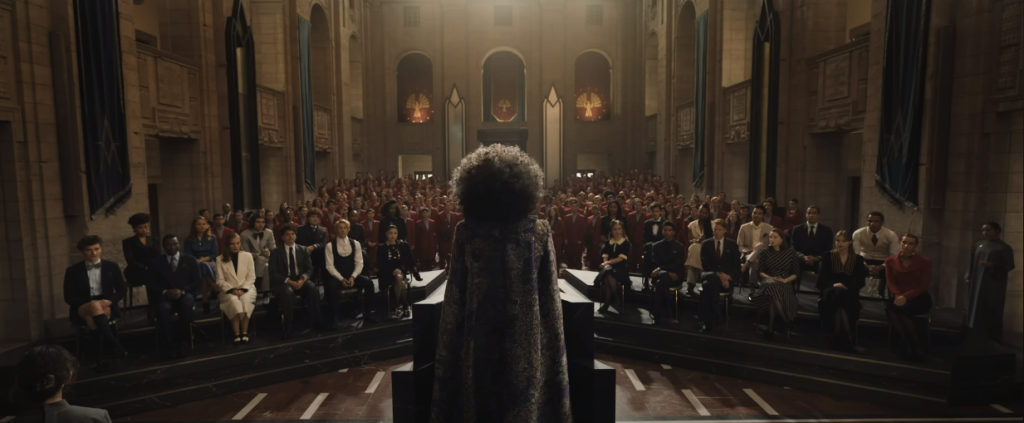
Scheduled for release in theaters on November 17th, the film promises to captivate audiences with its blend of heart-pounding action and thought-provoking character exploration. As viewers are transported back to the genesis of the Hunger Games, they are invited to witness the origins of a villain whose legacy will echo throughout Panem for generations to come.
Director Francis Lawrence, who helmed three previous films in the Hunger Games franchise, seamlessly continues his directorial journey with “The Ballad of Songbirds & Snakes.” There’s a palpable continuity between his past work and this latest installment, both in terms of production quality and overall atmosphere. However, while the previous films benefited from expansive storytelling spread across multiple installments, the prequel doesn’t have the same luxury.
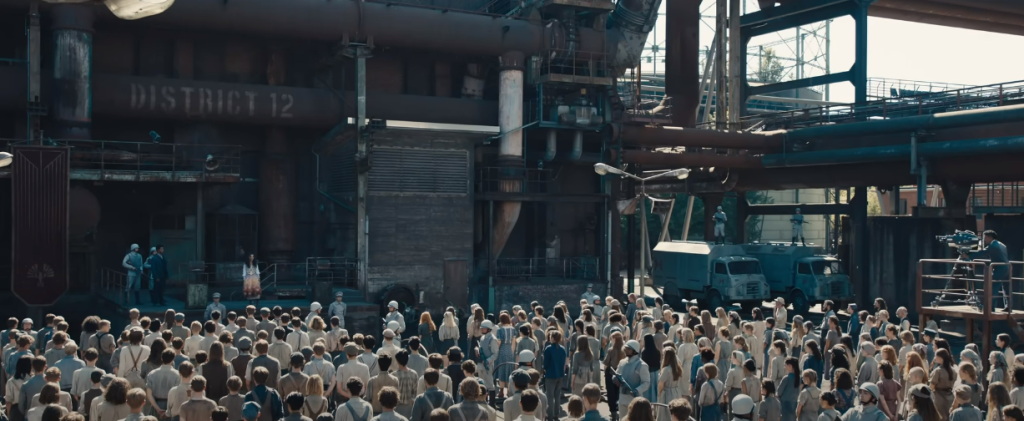
Screenwriters Michael Arndt and Michael Lesslie structure the film into three distinct parts, each offering a unique perspective on the world of Panem. When the narrative focuses on the opulent Capitol and the high-stakes drama of the televised Hunger Games, it shines brightest. These segments capture the essence of what made the original films compelling, immersing viewers in the spectacle and intrigue of the deadly competition. However, once the focus shifts to the impoverished Districts, the tone and pacing abruptly change, almost as if transitioning into an entirely different film.
One could argue that perhaps “The Ballad of Songbirds & Snakes” would have been better served as two separate films, each delving deeply into the contrasting realms of the Capitol and the Districts. By doing so, the filmmakers could fully explore the intricate dynamics of each setting without feeling rushed or disjointed. This approach might have allowed for a more immersive and cohesive storytelling experience, giving audiences a deeper understanding of the socio-political landscape of Panem.

Despite these narrative challenges, Lawrence’s direction ensures that the film remains visually captivating throughout. His keen eye for detail and ability to build tension keeps viewers engaged, even during slower-paced moments. With its lush cinematography and evocative score, “The Ballad of Songbirds & Snakes” still manages to transport audiences back to the dystopian world they know and love, even if the journey feels somewhat uneven at times.
Overall, while the film may stumble in pacing and narrative structure, it still offers plenty of thrills and intrigue for fans of the Hunger Games saga. With Lawrence at the helm, the franchise is in capable hands as it explores new territory and revisits familiar themes.
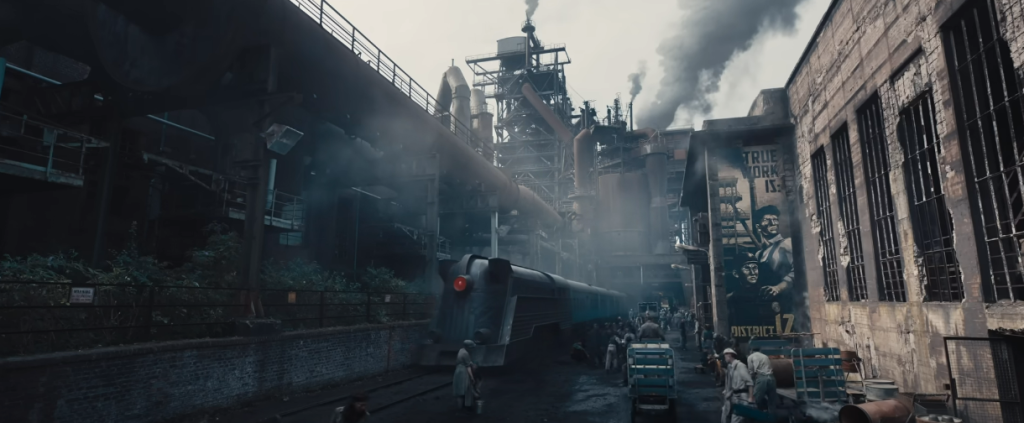
The ensemble cast of “The Hunger Games: The Ballad of Songbirds & Snakes” delivers a compelling array of performances, each bringing depth and intrigue to their characters. From the enigmatic Tigrus Snow portrayed by Hunter Schafer to the calculating Head Gamemaker Dr. Volumnia Gaul portrayed by Viola Davis, every member of the cast commands attention with their nuanced portrayal.
Josh Andrés Rivera’s portrayal of Snow’s best friend, Sejanus Plinth, provides a captivating contrast to Coriolanus’s character, showcasing the complexities of their relationship and the stark differences in their ideologies. Each character’s actions and motivations add layers to the narrative, keeping audiences engaged and entertained throughout.

However, it is the dynamic duo of Tom Blyth and Rachel Zegler who truly shine as the film’s leads. Their captivating connection in the midst of the Hunger Games serves as the emotional core of the story, drawing viewers in with their palpable chemistry. Zegler’s live musical performances add depth to her character, allowing audiences to connect with Lucy Gray on a more intimate level, while Blyth expertly navigates the delicate balance between empathy and ambition as Coriolanus Snow.
In addition to the standout performances of the leads, Peter Dinklage and Jason Schwartzman deliver memorable portrayals in smaller roles. Dinklage’s portrayal of the bitter Dean of Coriolanus’s school adds tension and conflict to the story, while Schwartzman’s portrayal of the self-absorbed TV host, Lucretius ‘Lucky’ Flickerman, provides moments of levity amidst the intense drama.

Overall, the performances in “The Hunger Games: The Ballad of Songbirds & Snakes” elevate the film, bringing its richly imagined world to life with authenticity and depth. Each actor brings something unique to their role, contributing to the film’s impact and leaving a lasting impression on audiences.
The concluding act of “The Hunger Games: The Ballad of Songbirds & Snakes” races towards its climax with such fervor that it risks overwhelming audiences. The pacing feels rushed, as if crucial moments are glossed over, leaving viewers struggling to keep up. The swift transition of Coriolanus Snow’s ascent to power feels abrupt, lacking the necessary depth and nuance that such a pivotal moment deserves. Moreover, the film’s exploration of the Districts feels truncated, with potential layers of storytelling left unexplored due to time constraints.

However, despite these shortcomings, the segments of the film centered around the Hunger Games themselves are undeniably thrilling. Once again, viewers are thrust into the heart of the arena, where the harrowing spectacle of children fighting for survival unfolds before their eyes. While the technological advancements and horrors of previous installments may be absent, the drama among the tributes, particularly Lucy Gray’s struggle for survival, provides enough tension to captivate audiences.
As a contribution to the Hunger Games franchise, “The Ballad of Songbirds & Snakes” holds its own, offering a fresh perspective on the familiar dystopian world. Yet, with a lengthy runtime of two hours and forty-five minutes, certain aspects of the film outstay their welcome. While the excitement of the Hunger Games and the intrigue surrounding Coriolanus Snow’s journey are engaging, the film’s pacing issues detract from its overall impact.
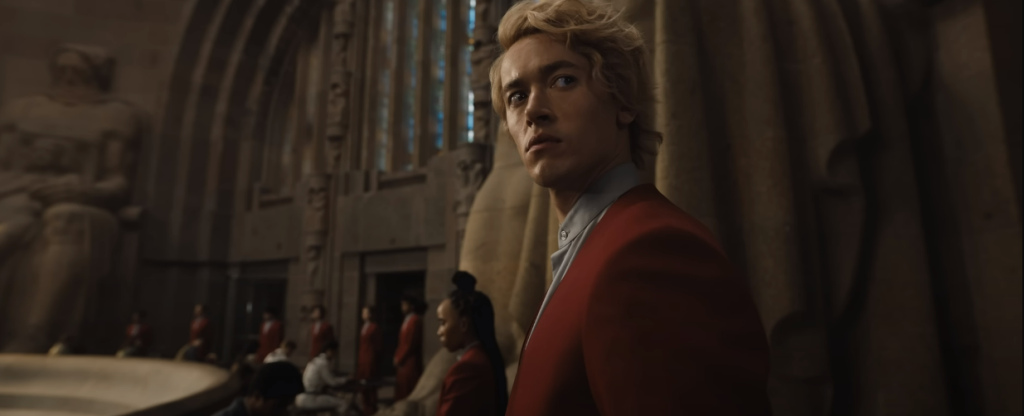
In conclusion, while “The Ballad of Songbirds & Snakes” may falter in its execution of the final act and struggle with pacing, it remains a worthy addition to the
| Strengths | Weaknesses |
|---|---|
| Dynamic performances, particularly from Tom Blyth and Rachel Zegler | Pacing issues, particularly in the final act |
| Visually captivating with lush cinematography | Abrupt transitions between segments, leading to disjointed pacing |
| Intriguing exploration of Coriolanus Snow’s origins | Potential depth of narrative left unexplored due to time constraints |
| Thrilling depiction of the Hunger Games arena | Some characters and storylines feel underdeveloped |
| Thought-provoking examination of socio-political themes in Panem | Lack of depth in Coriolanus Snow’s ascent to power |
| Continuity with previous films in terms of production quality | The lengthy runtime may feel excessive for some audiences |


